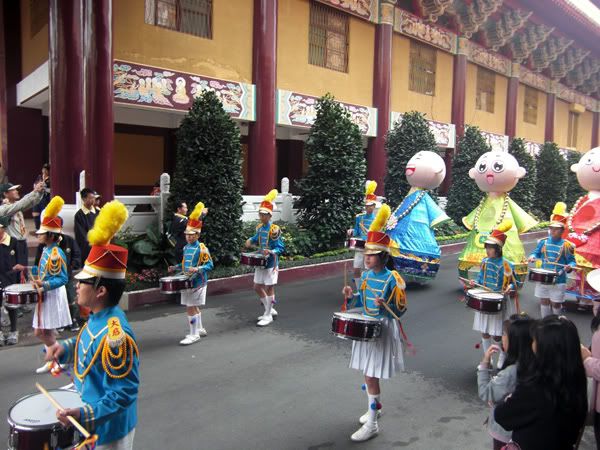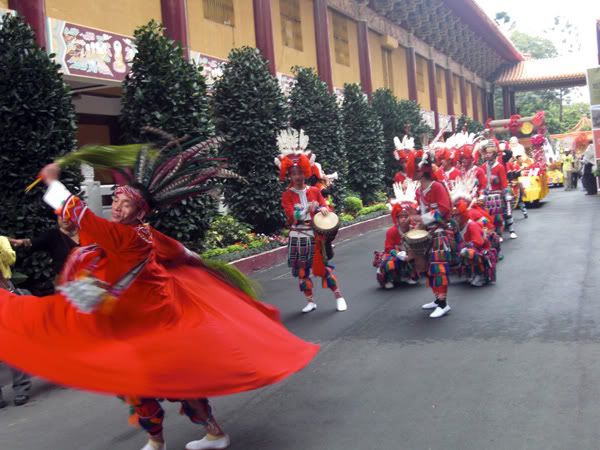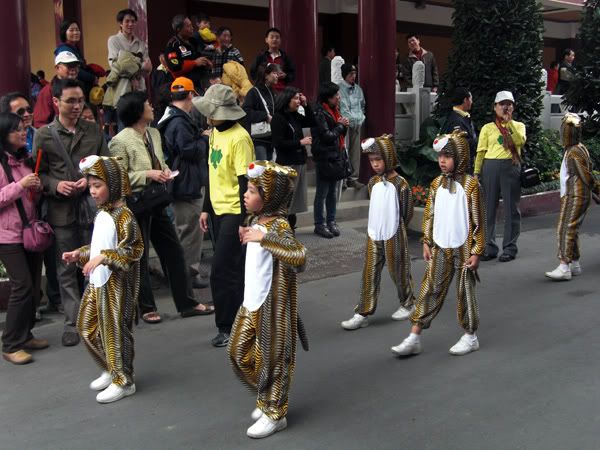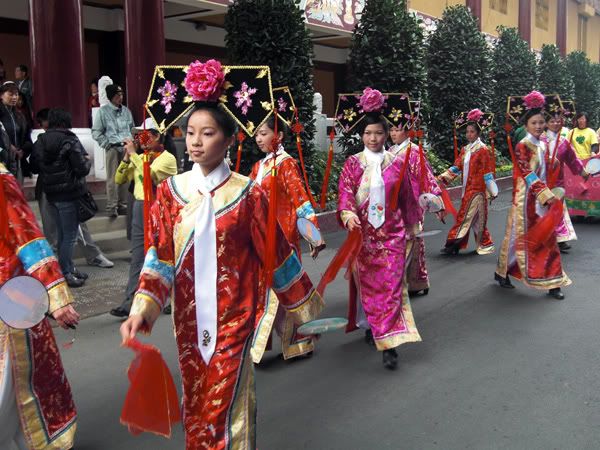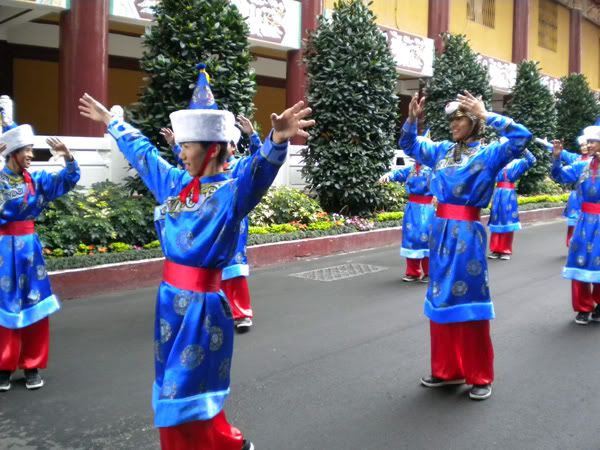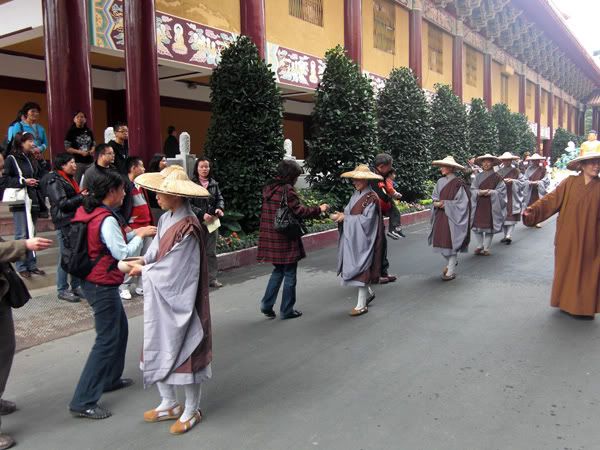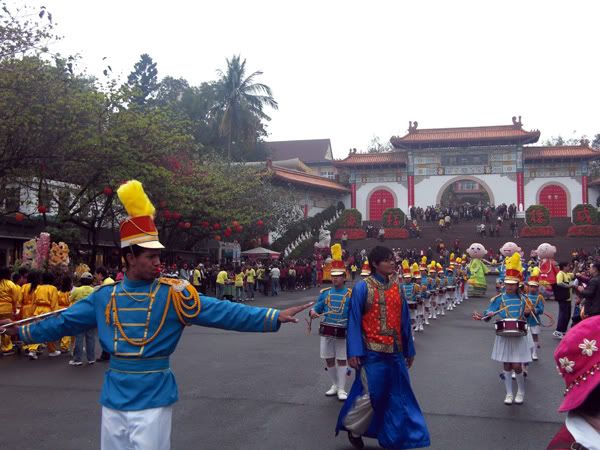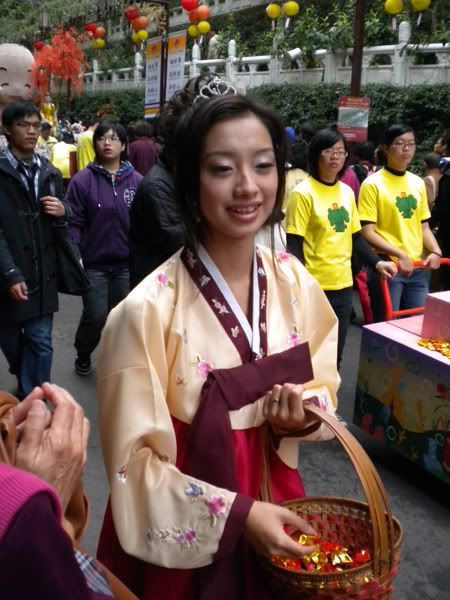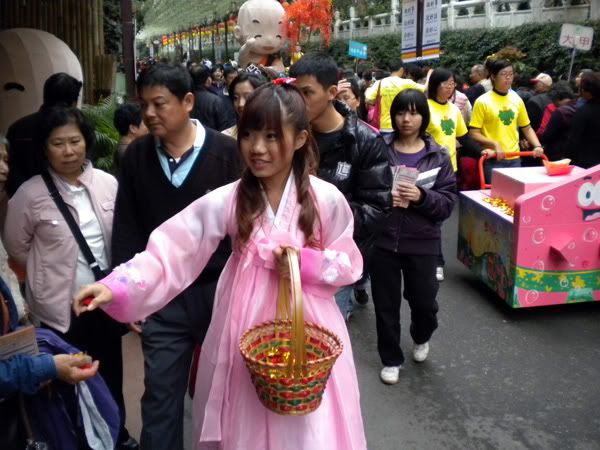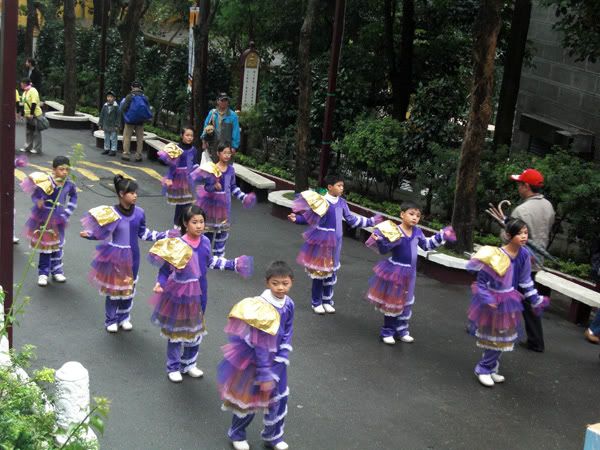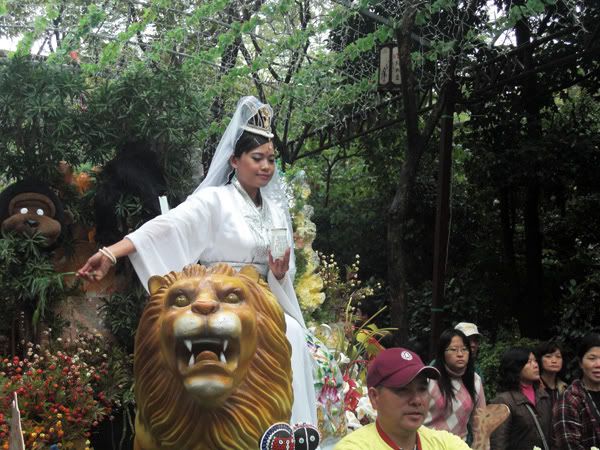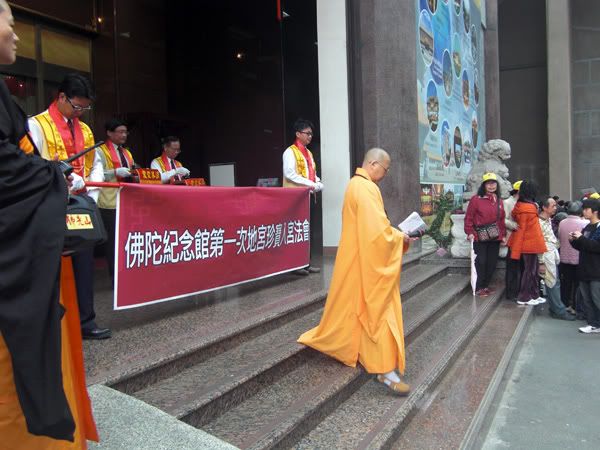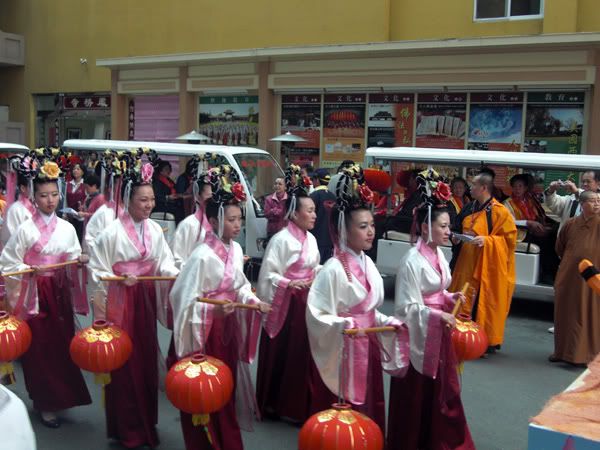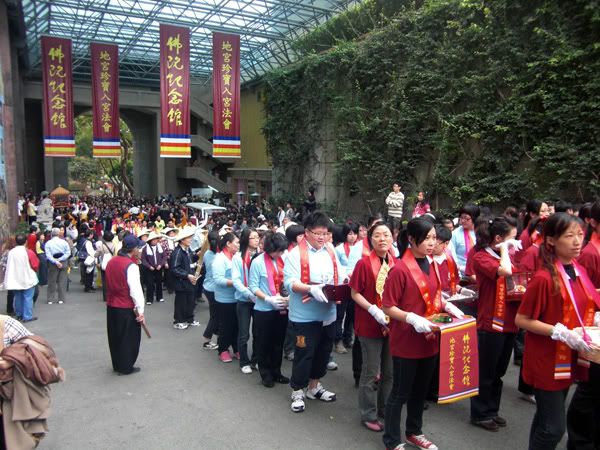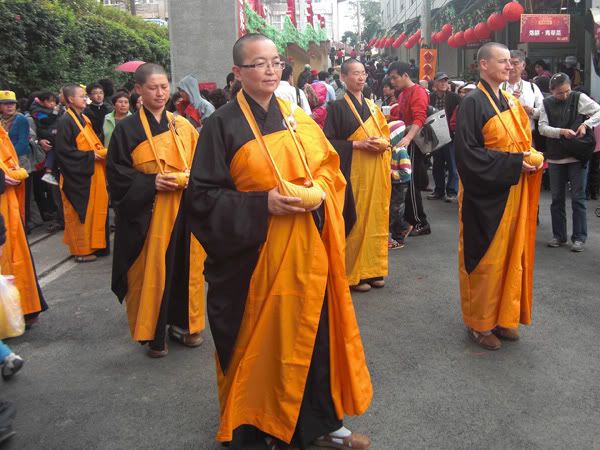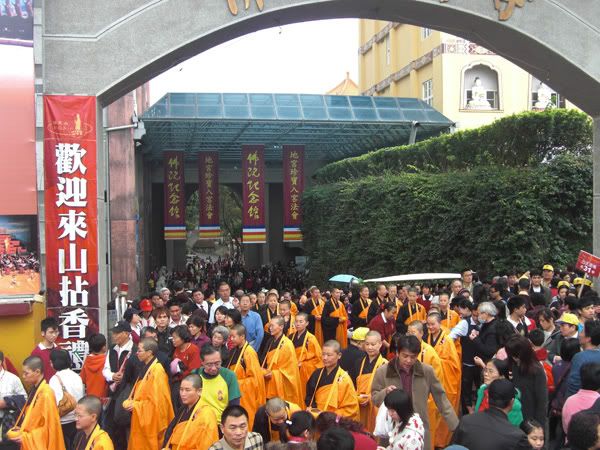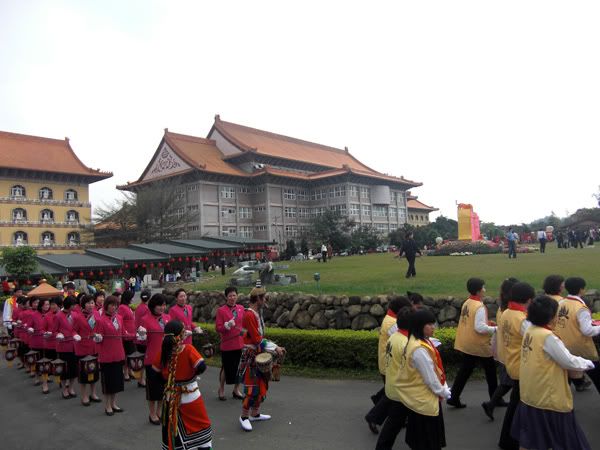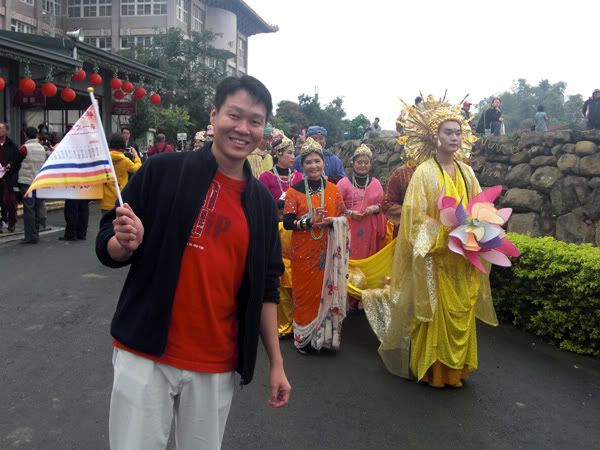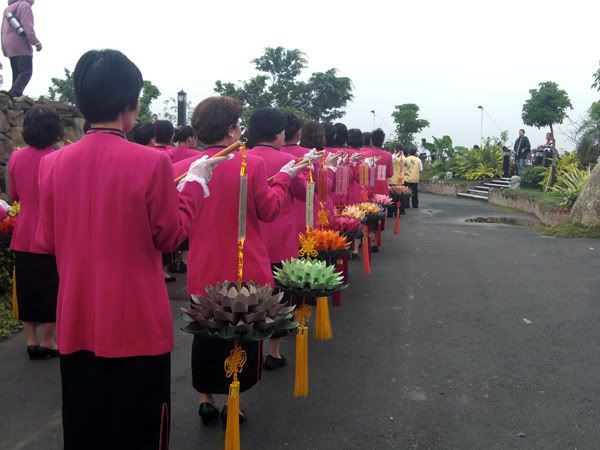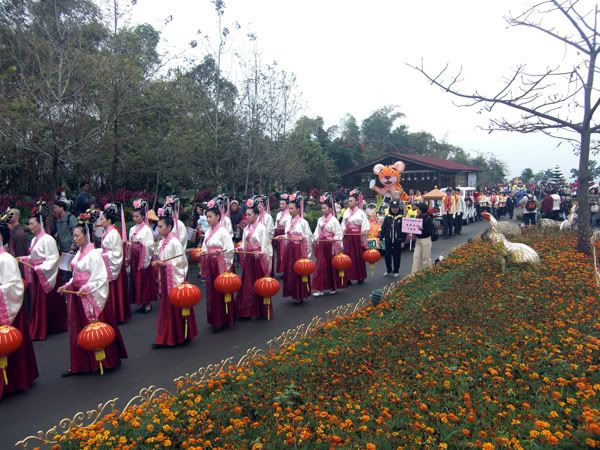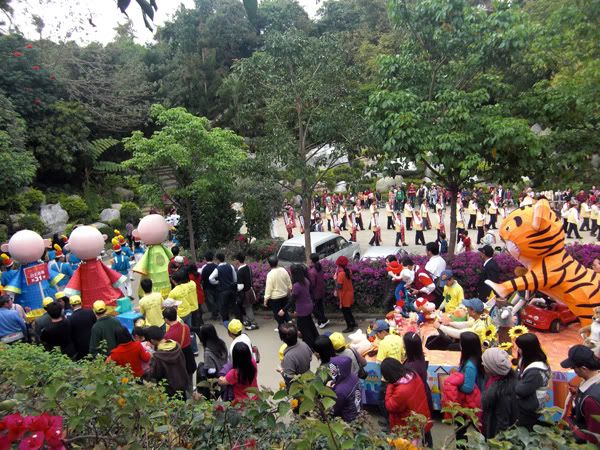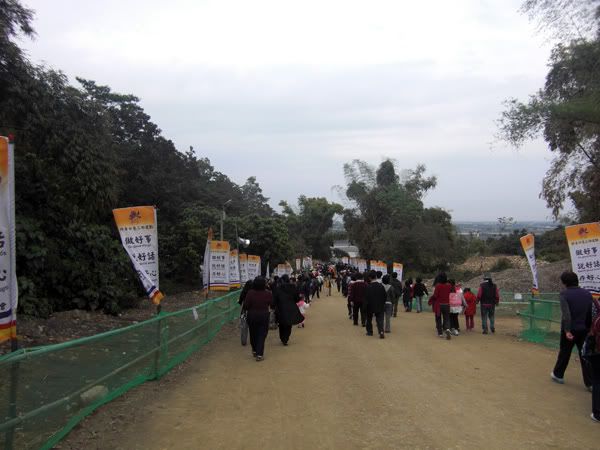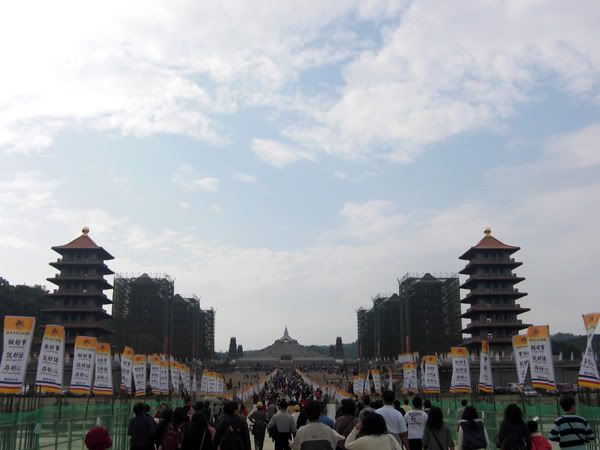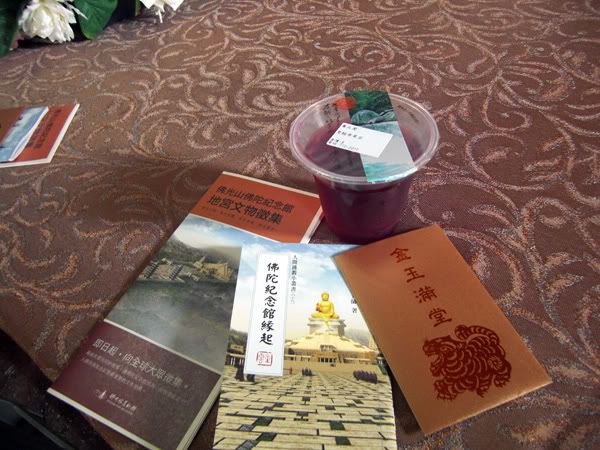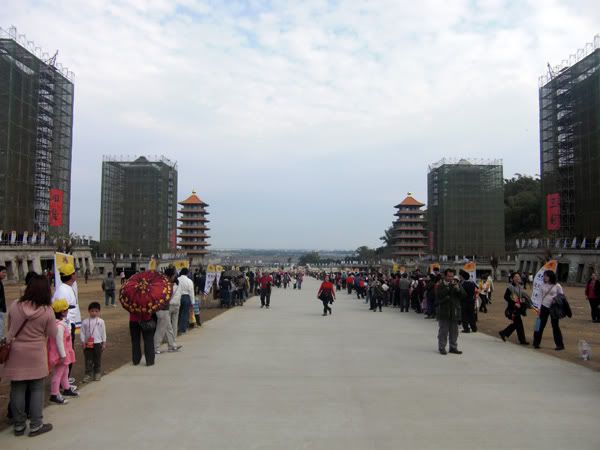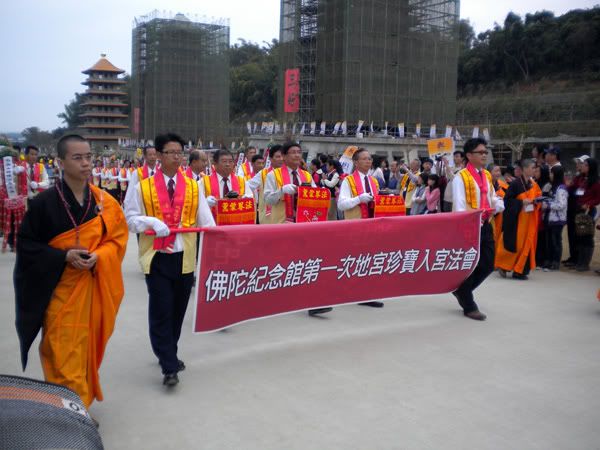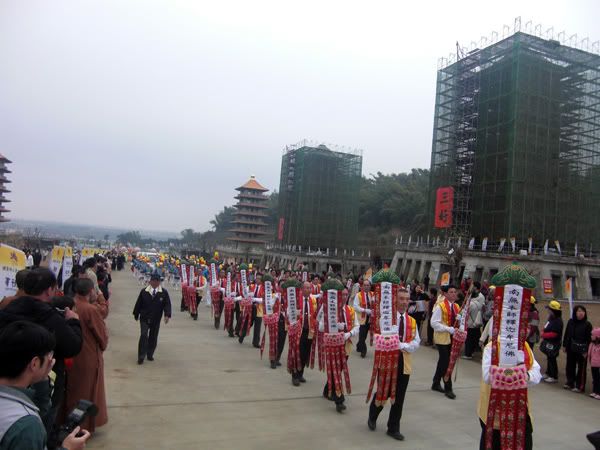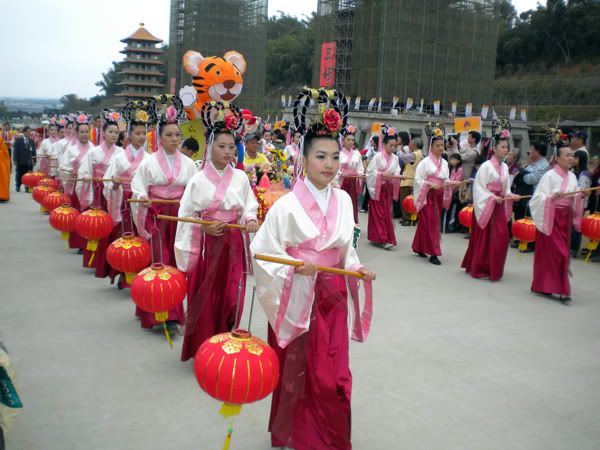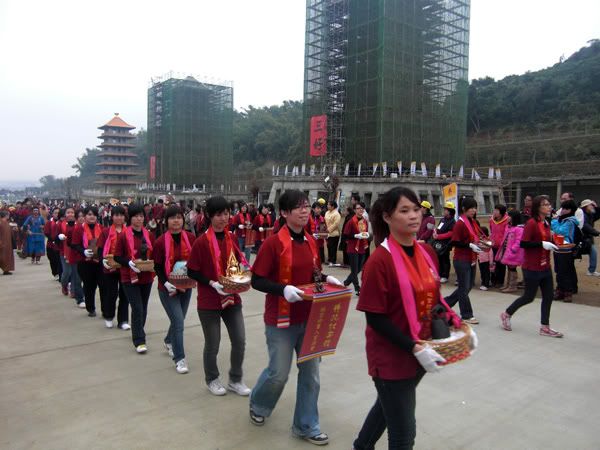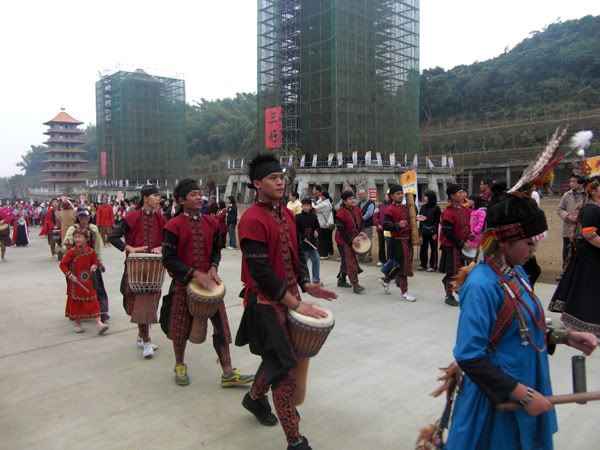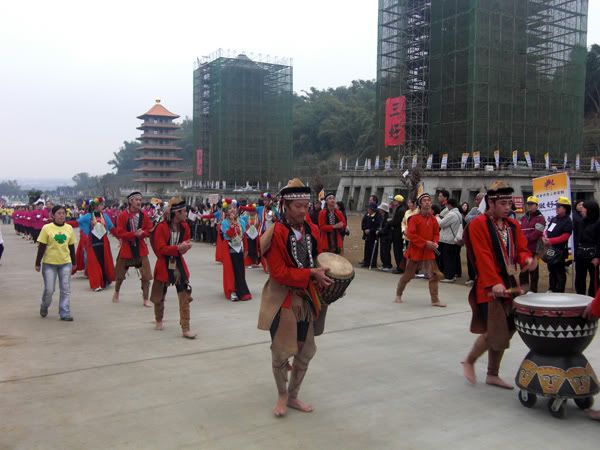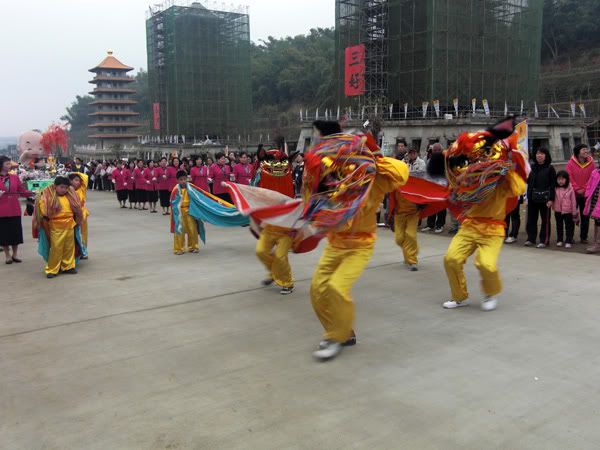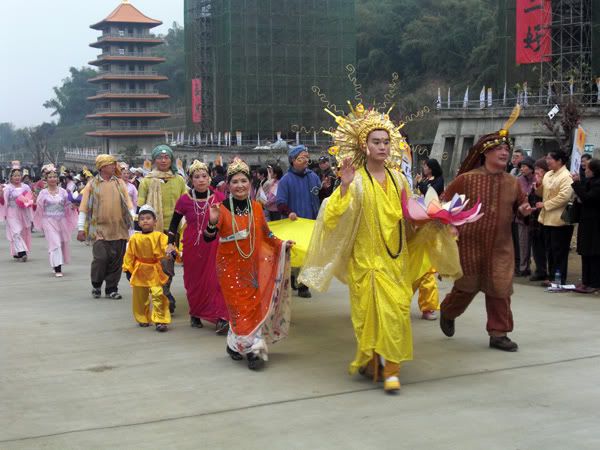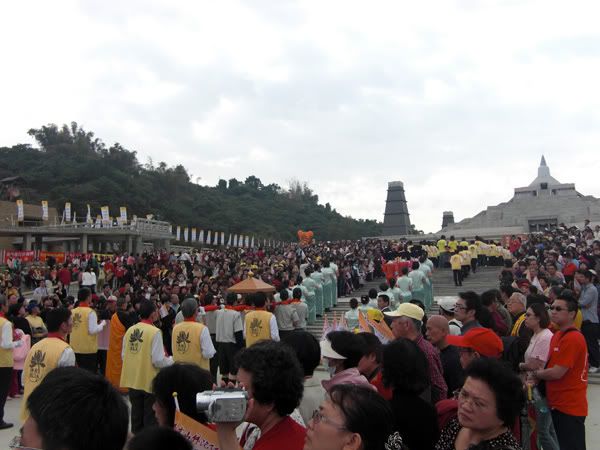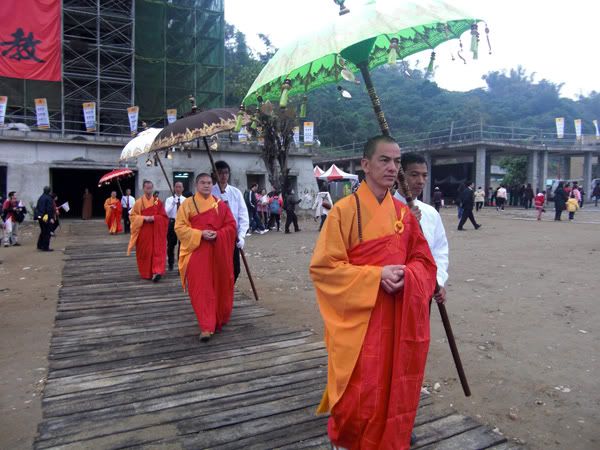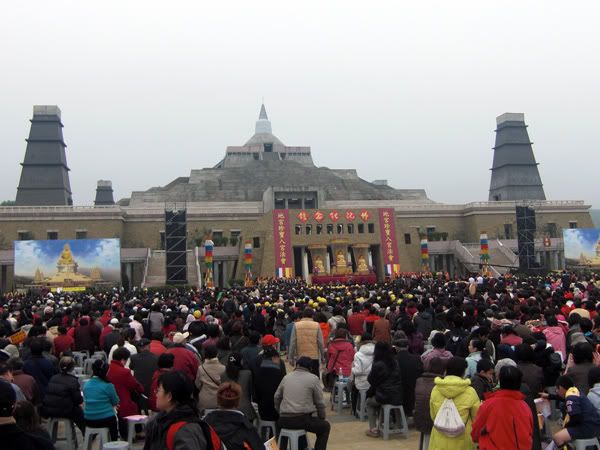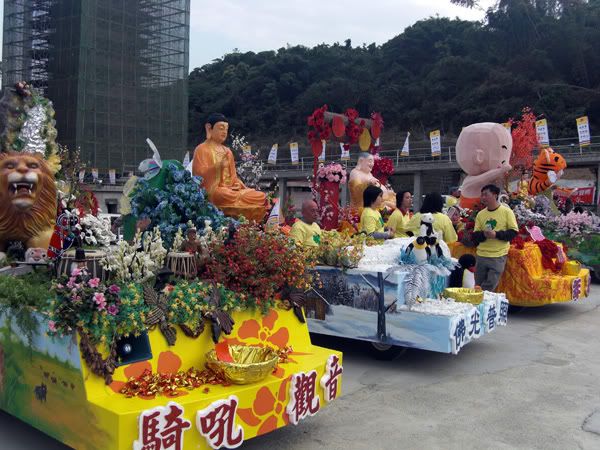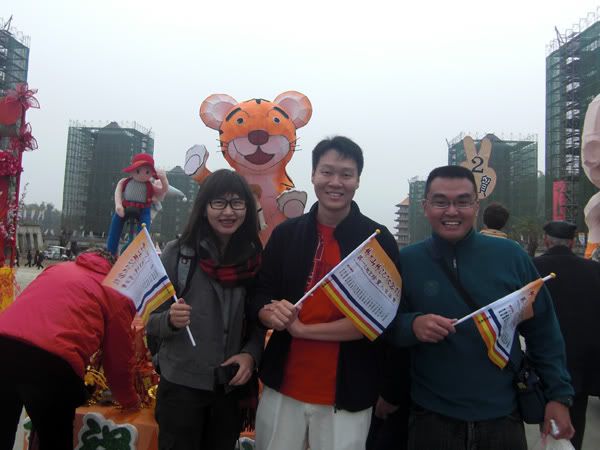Getting There
The nearest city is Kaohsiung, which it is a 2 hours 25mins ride from the Kaohsiung Train Station. That is assuming you take the express-88 bus which departs every 30mins from the terminal. There is the normal bus which takes close to 3 hours assuming there is no traffic jam. Most would take the express-88 bus as it is only slightly more expensive than the normal bus; NT50 more expensive for a one way trip to be exact. If you were to buy the return tickets, there will be an additional 10% off from the retail price. We got the return tickets for the express-88 bus which cost around NT640 (usual price is NT710).
The initial part of the journey is pretty uneventful with scenes of buildings, farmlands and hills. As we approaches Hengchun, the westward facing scene opens up to the beautiful seas of southern Taiwan. Be sure to sit on the right-hand side of the bus if you are going to Kenting from Kaohsiung.
Past Hengchun, it is a 15mins ride to Kenting. The bus driver told us we have arrived at the small quiet town of Kenting. There is a group of Germans who alighted at the same stop as us and we just follow them. They seems to know the route to the beach.

Kenting Beaches
From concrete roads to the sandy beaches, we have arrived at the Dawan Entrance (大湾沙滩入口). It is great to feel the sea breeze, to bask in the beautiful morning sun and be soak in the smell of the sea. As the cold has just ended in Taiwan, the weather today is simply perfect. It is neither hot nor too cold. Though the sun is shining above, but it still feels cool. When I was in Europe, this is the time when everyone comes out and start sun-bathing and worshipping the sun.
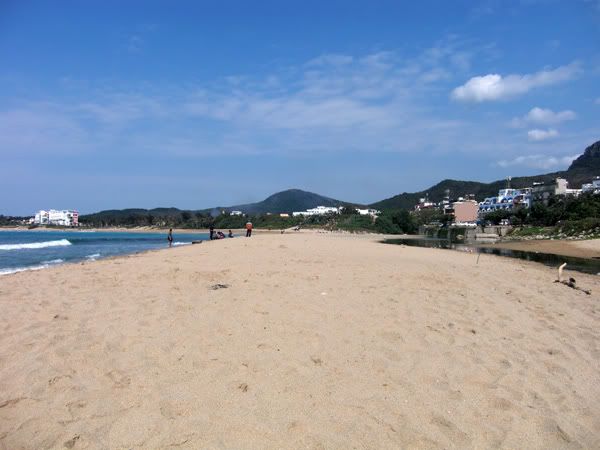
Here I am perched on a small rock, overlooking the sea.
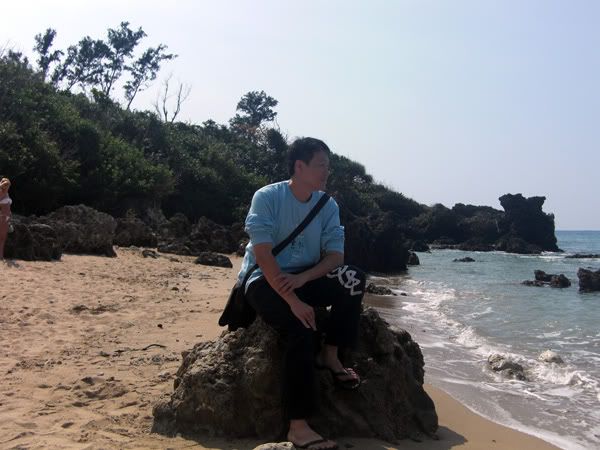
There is something unique about the waves coming towards the beach. Notice there are three wave front coming in from the picture below.
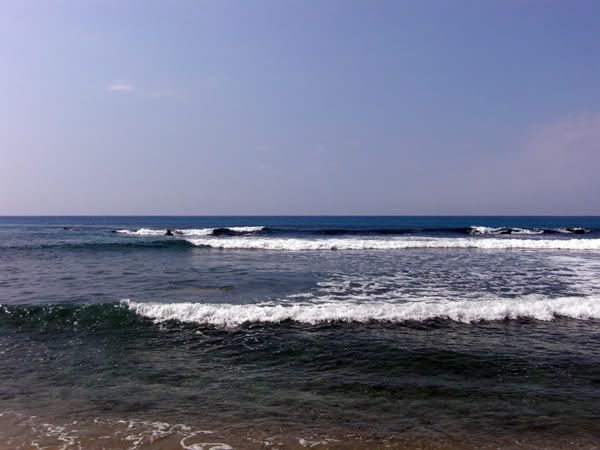
At this section of the beach, the wave is especially high. It is also here where beach goers wanting to have a push by the waves will be hanging around.
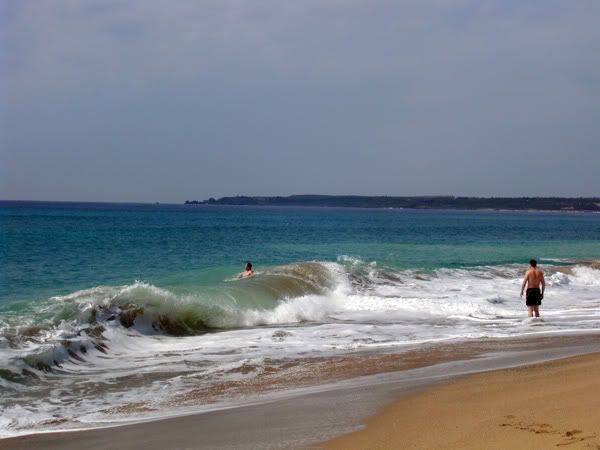
In the distance, we have beautiful mountain peaks protruding out.

Here I am walking through the sandy beach.
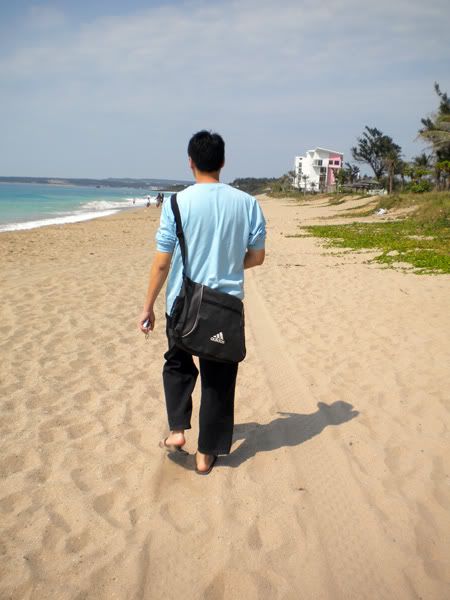
With fabulous sun, sand and the sea, holiday seaside resorts are always around the corner.

There are multiple sea sports which visitors can engage in. One of which is Canoeing, as seen from the multi-colour canoe boats below.
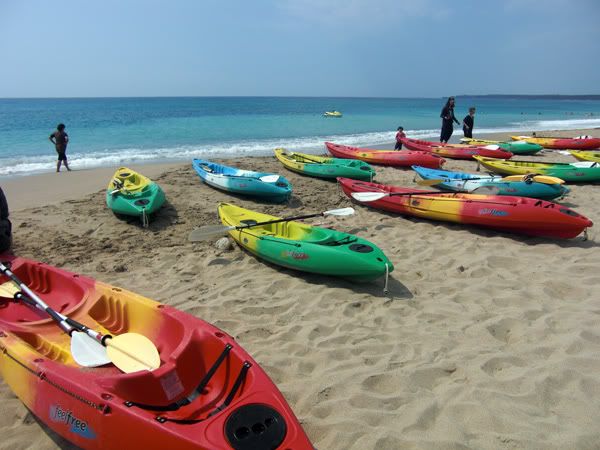
For families who want to avoid the rough seas, there are swimming pools in the resorts too.

We walked back towards the town of Kenting and grabbed our brunch. It is around 11am. For brunch we had MacDonalds and it cost NT80 for a Fish Burger meal (that's really cheap). Thereafter we started asking around on how we can get to the southern most point in Taiwan. It is called Eluanbi (鵝鑾鼻).
Getting around Kenting National Park
There is a Kenting Street Bus (垦丁街车) which goes around the Kenting National Park. In some places (e.g. Kenting), there are no clear bus stop signs. We asked the local and he told us to wait in front of the 7-11 convenience stall. The buses are also pretty infrequent, and varies between weekdays and weekends. At a glance, for weekends, the buses come on average every 20 - 30mins and they ply along the main stops of Kenting, Hengchun and the Aquarium. For places like Eluanbi, it is every 1 hour. We happened to miss the 11.02am bus, so the next one will be at 12.15pm. We just sat in front of 7-11 and have our brunch for 40mins.
There is also a day pass but I guess it is best to purchase it from the Hengchun bus terminal. When we enquired about it from the bus driver, he said it was sold out. The day pass cost NT150. The ride from Kenting to Eluanbi is NT35 and takes around 10minutes. Please note the 10minutes is a very fast ride; the distance is around 8km from Kenting.
Eluanbi (鵝鑾鼻)
We arrived at Eluanbi and paid the entrance of NT100. Below is the map of Eluanbi. It is quite a large place. We spent around 2 hours in there.
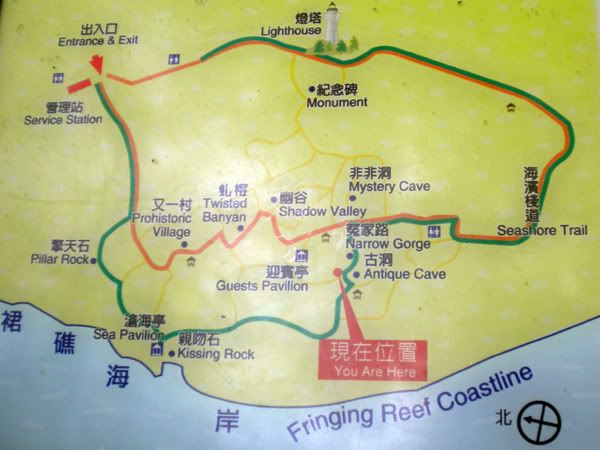
We made our way up the gentle hill towards the Lighthouse.
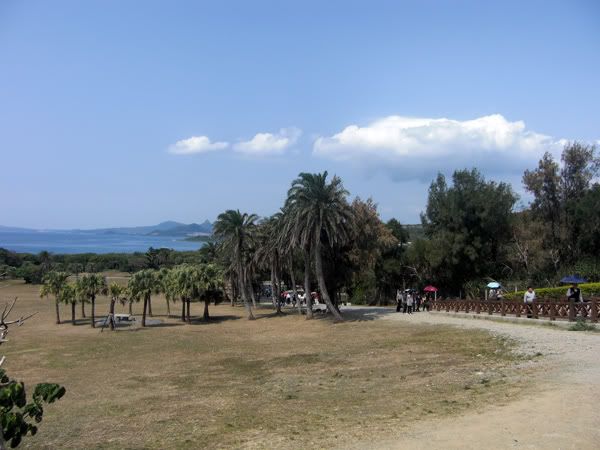
There are many shops selling corals here. Think it's their local specialty.
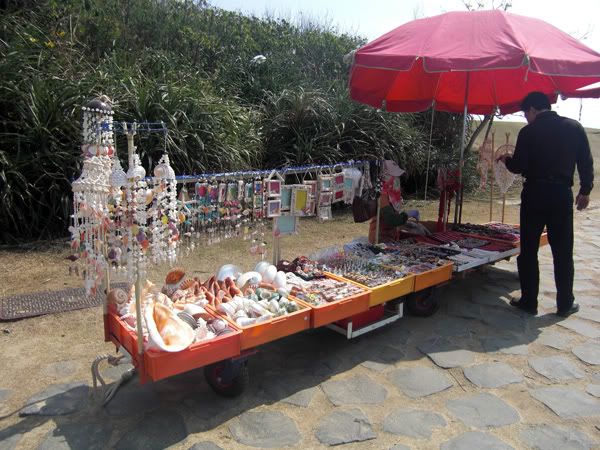
The magnificent lighthouse.
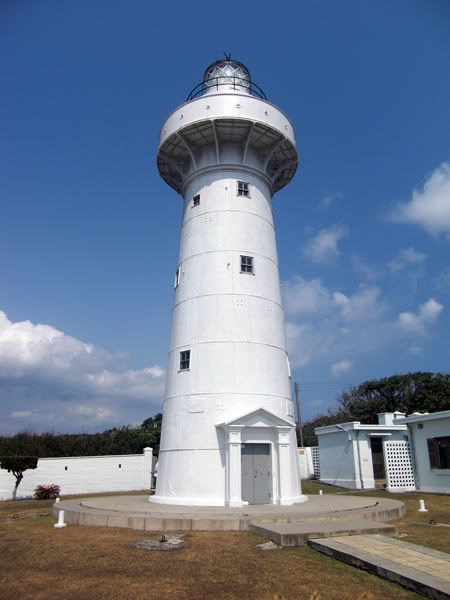
Here I am.
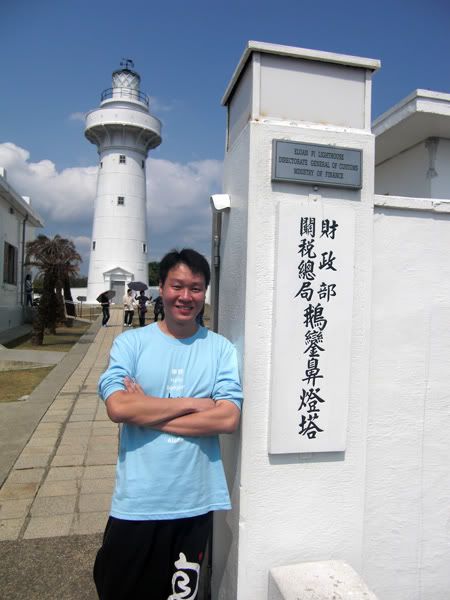
We walked down towards the sea, towards the southern most point of Taiwan. There are no sandy beaches here. It is mainly rocks.
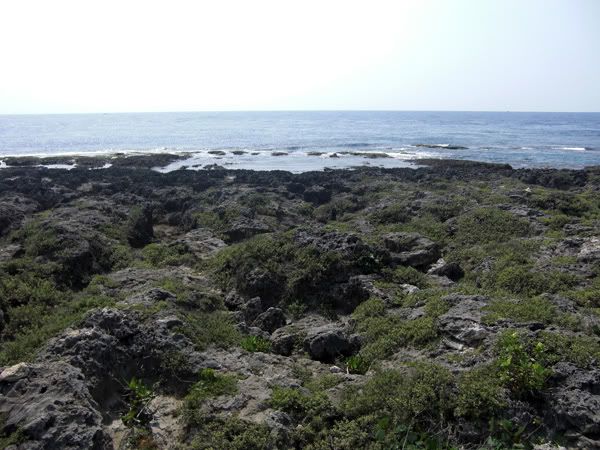
Visitors can walk along the wooded pathway while appreciating the beauty of the sea.
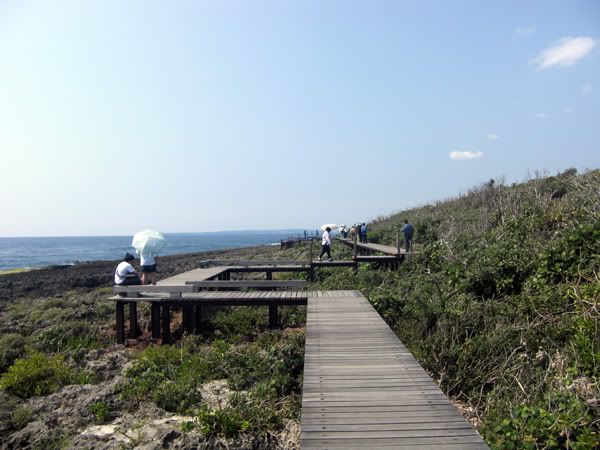
We continued our adventure inland. There is this section of the cliff facing the beach which is call the Kissing Rock (below).
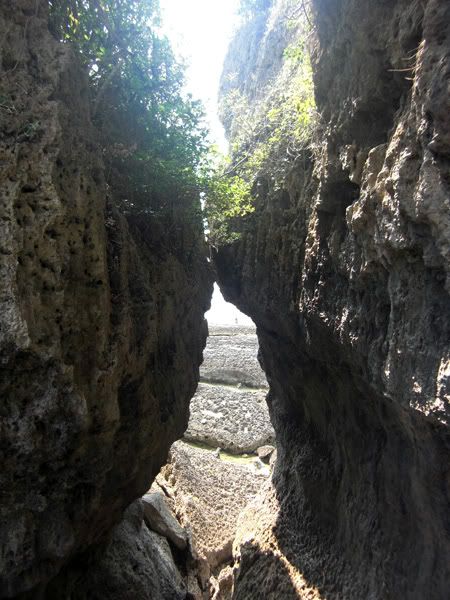
There are two large pavilions where visitors can rest while overlooking the ocean (the great Pacific Ocean).
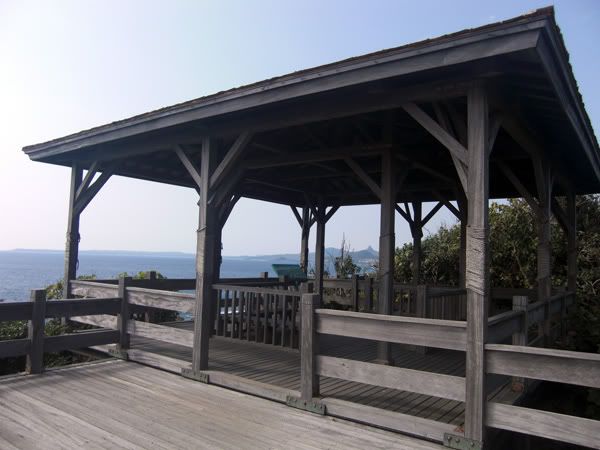
Here is me again (resting).
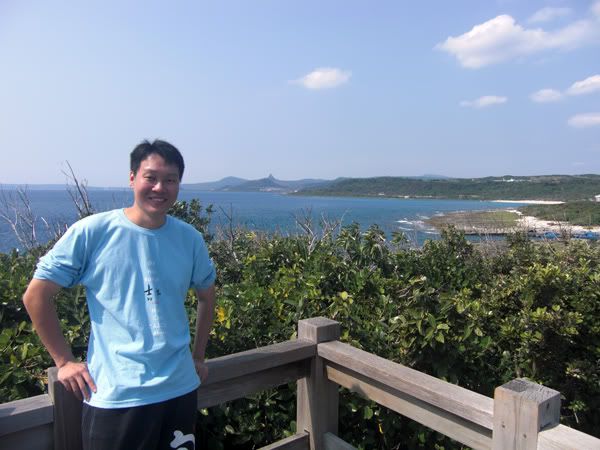
There is this secret passage that goes out to the sea with a cliff at the background. A guy attempted to do a cliffhanger.
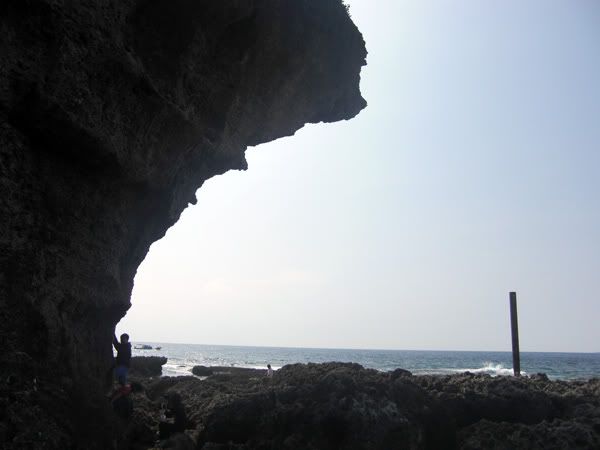
This is the second pavilion. In the distant is the first pavilion and even further away is Kenting.
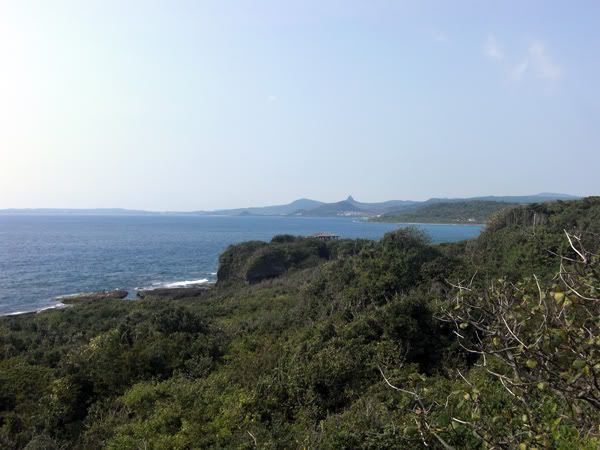
We left at around 2.10pm and took the 2.20pm bus out of Eluanbi towards the Aquarium. This ride cost NT76 and takes around 30mins. Here we have the powerful bus drivers of Kenting. They drive fast through the winding sea and mountain tracks, but will jam break the bus if you were to flag from a non-existent bus stop. They are quite impressive actually. The buses actually comes with built in GPS which announce the stops in English and Chinese. Sometimes they don't turn it on, so will have to ask them about it.
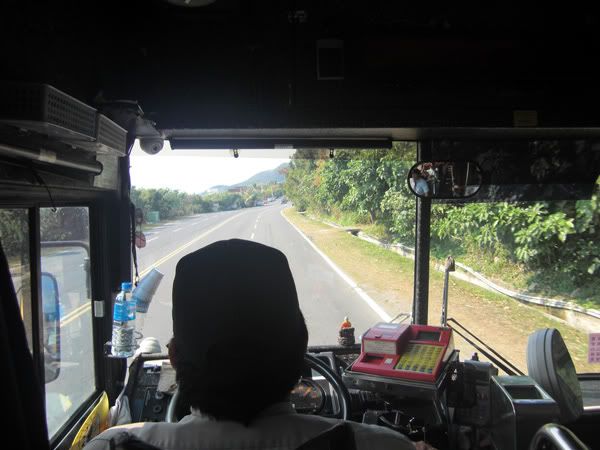
Kenting Aquarium (海生馆)
It is quite educational to visit the aquarium.

You have the standard aquarium stuff.
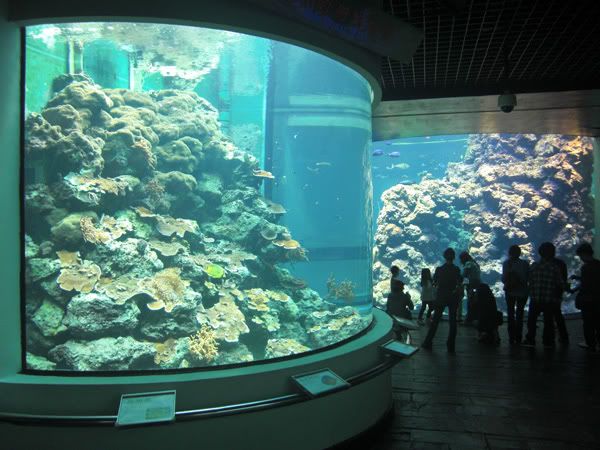
And also some 'hands-on'

At another building, you get a chance to put on 3-D glasses to view videos of prehistoric dinosaurs that lived in the great seas. They also have the arctic fishes and so on. There is this large fish-tank below.
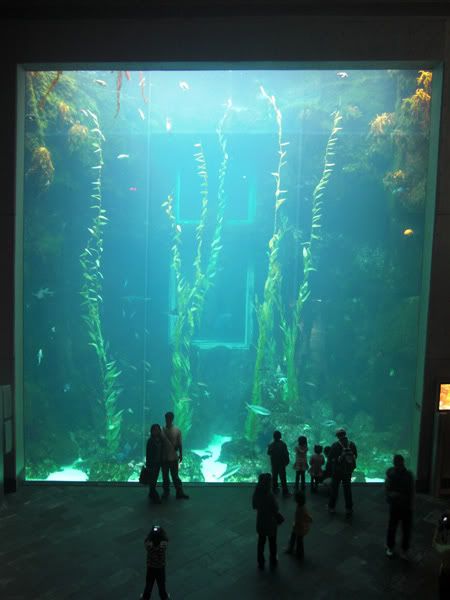
It is around 5pm when we left the Aquarium. The sun is setting in the distant.
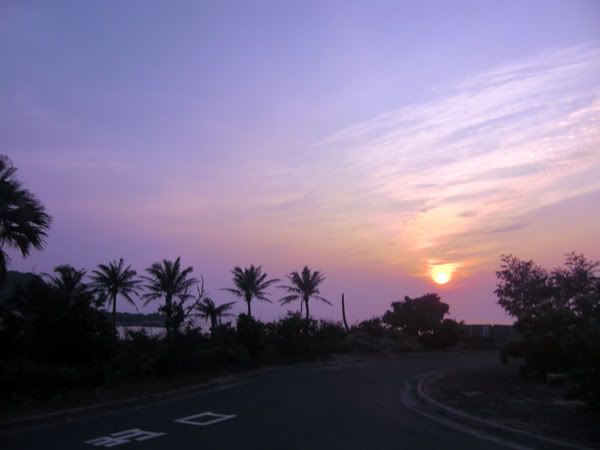
We took the bus to Hengchun which is 10mins away. Hengchun is an ancient town, since the Qing dynasty.
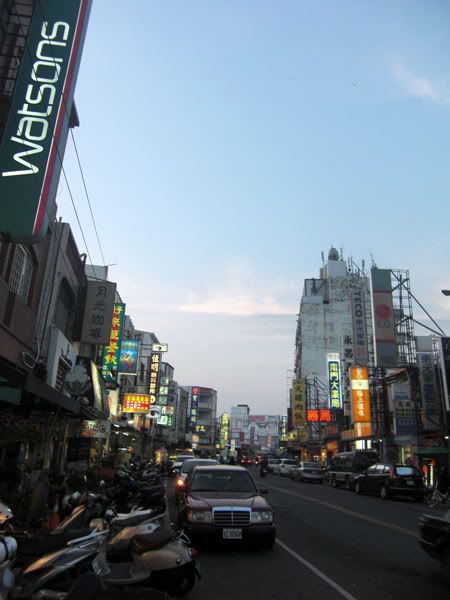
Some of buildings of Hengchun.
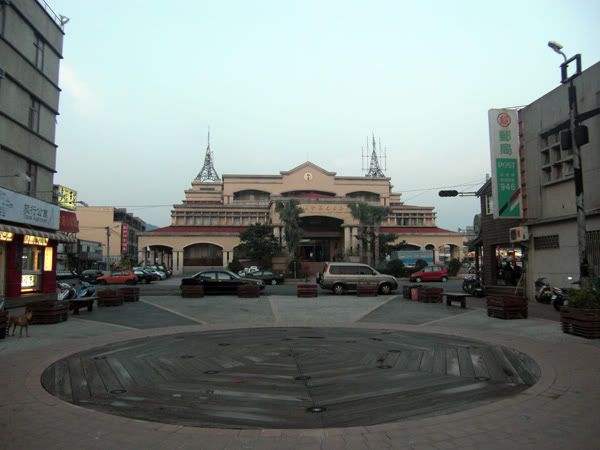
There are still remnants of the ancient city gates of Hengchun.
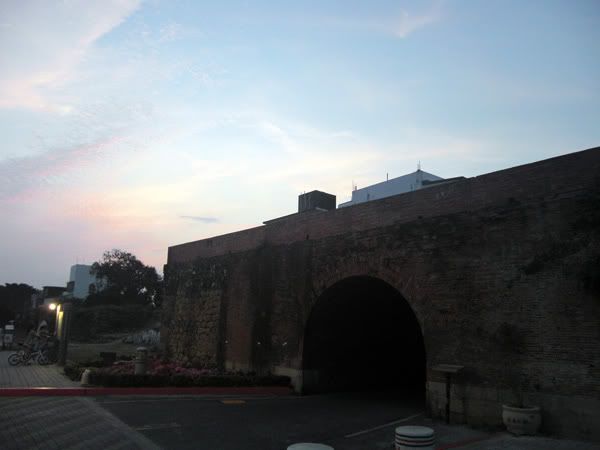
We had dinner at Hengchun and walked back towards the bus terminal. Started waiting for the bus at 6.45pm. The express-88 is supposed to come at 7pm but no bus appeared. Finally the normal bus come arrived at 7.15pm and just hopped onto it. It is followed by a slow 3 hours journey back to Kaohsiung. There is supposed to be curfew hour at where we stayed (before 9.30pm). But we were lucky as they were having some ceremony on this day. When we got back at 11pm, the doors were still opened and we could sneak back in.
